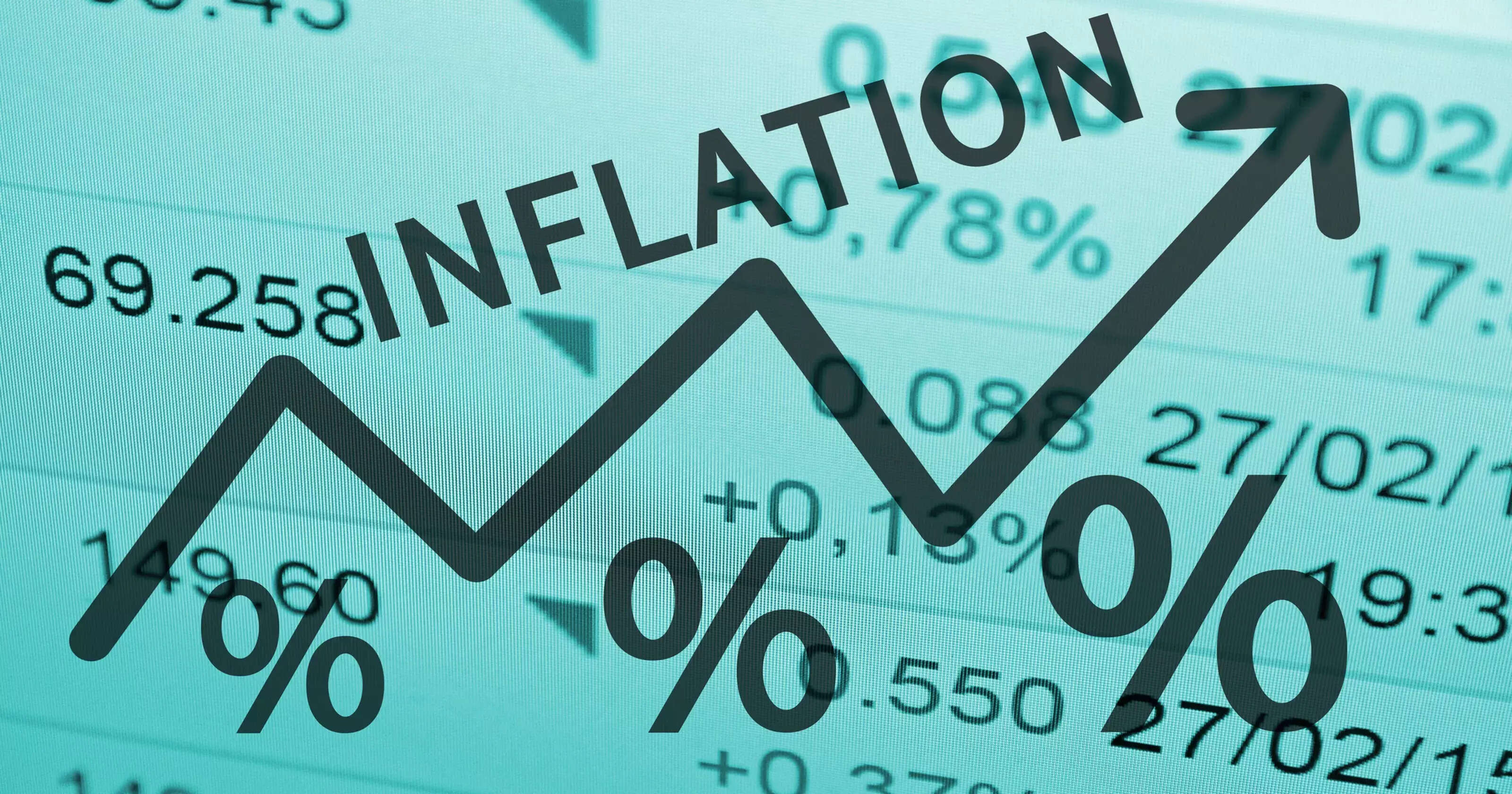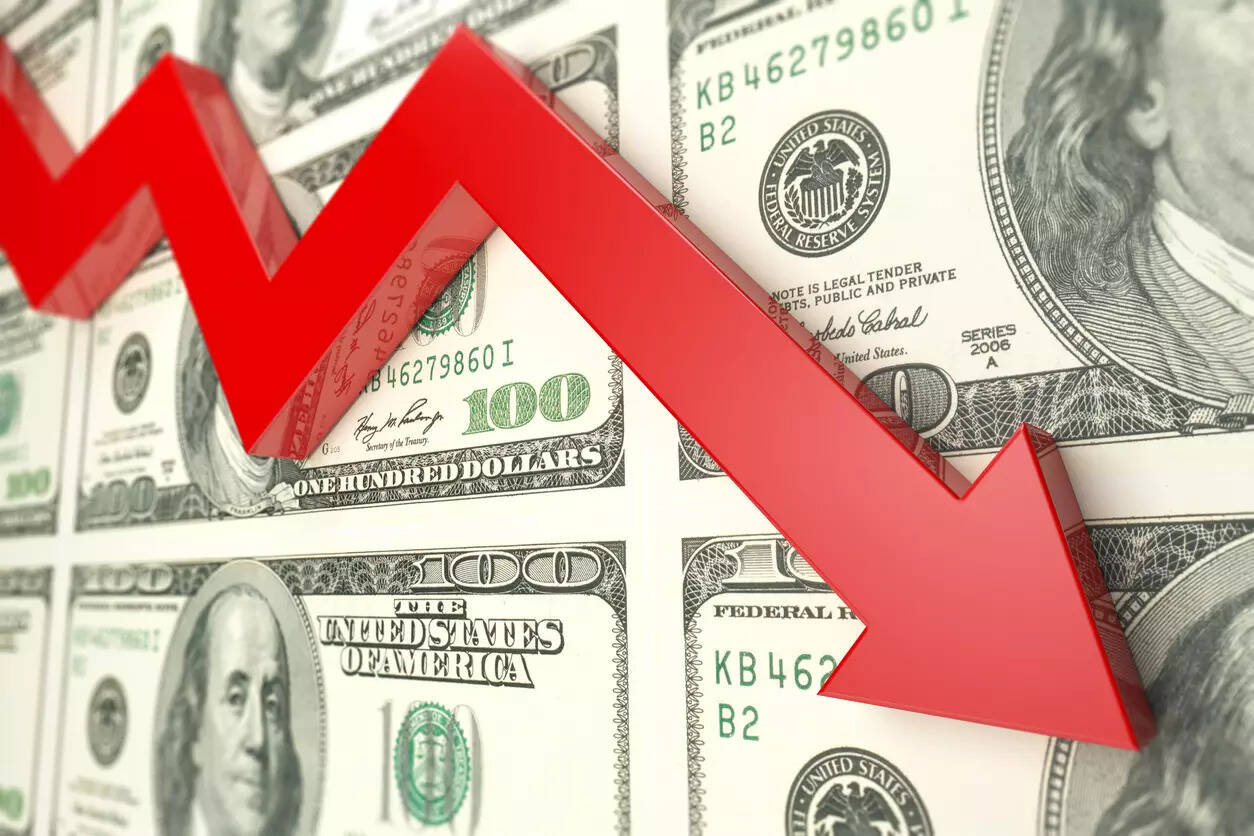Gold, famously known as the "safe haven asset," has been in the limelight with its price hovering around all-time highs. This is not a coincidence but an outcome of a multifaceted combination of global economic, geopolitical, and market forces. Let us explore why this is happening.
1. Economic Uncertainty and Inflation
One of the major factors behind the price appreciation of gold is the current economic uncertainty. With a looming fear of a recession worldwide, investors are rushing to gold as a sure store of value. Supply chain dislocations and tensions relating to geopolitics have further increased pressures of inflation, which have supported the demand for gold. While fiat money loses value in inflationary times, gold does not, making it the first choice for wealth preservation.
2. Geopolitical Tensions
Geopolitical tensions, including the Middle East conflicts and trade tensions among large economies, have in the past prompted investors to invest in gold. The current trade tensions and retaliatory tariffs have made the market environment volatile, leading to a flight to safer assets such as gold. Moreover, emerging market central banks, including China and India, have increased their gold buying to diversify reserves during these uncertainties.
3. Decline of the US Dollar
Gold prices have an inverse correlation with the strength of the US dollar. Recently, the dollar index has reflected weakening, as a result of policy decisions supporting a weaker dollar and higher tariffs. A weak dollar makes gold cheaper for foreign consumers, hence boosting global demand. This aspect has been one of the main drivers in lifting gold prices.
4. Central Bank Buying
Central banks across the globe have been adding gold reserves, and the big buys are reported annually in recent times. This movement is most apparent in Asia, as China and India are accumulating greater amounts of gold. Central bank purchasing not only props up the price of gold but also communicates robust institutional buying, strengthening its position as a stable commodity.
5. Gold ETFs and Retail Demand
The increase in gold-backed exchange-traded funds (ETFs) has also been a factor in the increase in gold prices. These ETFs offer a convenient means for retail and institutional investors to take exposure to gold, further fueling demand. With market volatility continuing, gold ETFs have become increasingly popular as a preferred investment vehicle.
Conclusion
Gold's almost-lifetime record-high prices are a reflection of its sustained popularity as a safe-haven asset. Economic turmoil, geopolitical uncertainty, and a depreciating dollar have all contributed to this trend upward. Although gold's performance continues to be strong, its future will hinge on how these conditions develop. Meanwhile, gold keeps shining, providing a light of stability in an unstable world.




Comments
Post a Comment